The Grandiose Ambition of the Great Southern of Spain Railway Company Ltd.
The 1984 Closure, & Rebirth as Vía Verde
Trace the final history of the GSSR from its nationalization by RENFE in 1941 to its eventual closure in the 1984 Cerrojazo (Great Closure) after the mineral traffic vanished. Discover the railway's enduring legacy as much of the old track has been transformed into the Vía Verde (Greenway), a serene recreational route. This article also covers the present-day modernization and electrification of the Lorca-Águilas section, ensuring the historic corridor is reborn as part of Spain's high-speed rail network.
By Nick Nutter on 2025-10-5 | Last Updated 2025-10-23 | The Grandiose Ambition of the Great Southern of Spain Railway Company Ltd.
This article has been visited 267 times

Part of the Via Verde de Almanzora at Fines 2025
The Twilight and Rebirth of the GSSR
The long, arduous life of the Great Southern of Spain Railway was not ended by financial ruin or engineering failure, but by the political turmoil of the Spanish Civil War.
Do you enjoy my articles? For your reading pleasure, this website does not carry third party ads. You could help me write more articles by buying me a cup of coffee.
From British Enterprise to State Control
With the outbreak of the war in 1936, all private railway companies were seized by the state. The conflict devastated Spain's rail network, and in response, the new government decided to consolidate. On January 24, 1941, all broad-gauge railway companies, including the GSSR, were officially nationalised under a single state-owned entity: the Red Nacional de los Ferrocarriles Españoles, or RENFE.
This moment marked the symbolic and final end of the GSSR as a private British enterprise. Its fate was now tied to that of a larger, often underfunded, national system.
The Great Closure
By the 1980s, facing a dire financial situation, the Spanish government initiated a policy known grimly as the "Cerrojazo," or the "great closure," shutting down hundreds of kilometres of unprofitable lines across the country.
The GSSR line, having lost its primary mineral traffic with the closure of the mines in the late 1960s, was no longer economically viable. The main sections of the railway officially ceased operations on December 31, 1984. The eventual removal of the tracks in 1990 was a painful, symbolic act, cementing the loss of a vital connection that the communities of the Almanzora Valley had relied on for nearly a century.
Today, the line's status is a mix of closures and ambitious regeneration:
The crucial Baza to Almendricos section—the heart of the old GSSR—is now entirely closed, though much of it has found a new purpose.
The lines connecting Lorca, Águilas, and Murcia are currently closed (2025) for extensive modernization. They are being upgraded and electrified to form part of Spain’s new high-speed rail network, bringing a modern connection to the region after decades of decline.
The Metamorphosis: From Industrial Artery to Greenway
While the GSSR's operational life is finished, its memory and physical footprint live on. Its demise coincided with a broader national re-imagining of Spain's defunct rail lines.
In 1993, the Vías Verdes (Greenways) program began converting abandoned railway beds into safe, scenic routes for walkers and cyclists. Much of the old GSSR track has been reborn as a Vía Verde, allowing people to trace the path of the past.
The line that was once a throbbing, dirty, smoke-filled industrial artery, a showpiece of Victorian-era engineering and mineral extraction, has undergone a profound metamorphosis. It has been transformed into a serene, peaceful cultural and recreational resource. Many of the old stations have been beautifully rehabilitated, now serving as bar-restaurants, museums, and community spaces.
The existence of a remaining steam locomotive in Águilas and other preserved remnants provide a tangible link to the past, allowing visitors to walk or cycle a route that once carried the entire region’s economic prosperity. The railway’s journey—from a symbol of a foreign-led industrial boom to a cherished piece of local heritage—mirrors the changing economic landscape of the area itself, shifting its focus from heavy industry to tourism and cultural preservation.
The final chapter of the GSSR story, then, is not one of total loss, but one of rebirth and enduring legacy.
Enjoying This Article – FREE to read on Kindle Unlimited?
My new book, 'The Grandiose Ambition of the Great Southern of Spain Railway Company Ltd.’ is now available as a fully illustrated, colour, paperback from Amazon, as a downloadable ebook from Kindle and Free to Read on Kindle Unlimited.
Do you enjoy my articles? For your reading pleasure, this website does not carry third party ads. You could help me write more articles by buying me a cup of coffee.

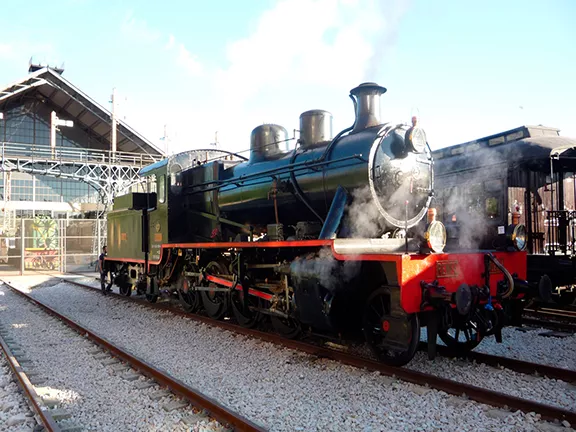 1: Setting the Stage for the GSSR
1: Setting the Stage for the GSSR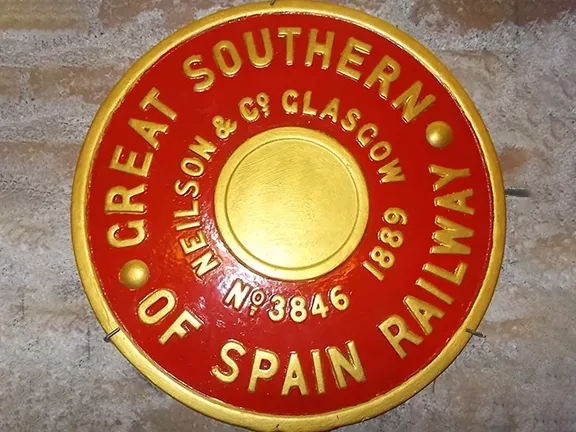 2: Founding the GSSR
2: Founding the GSSR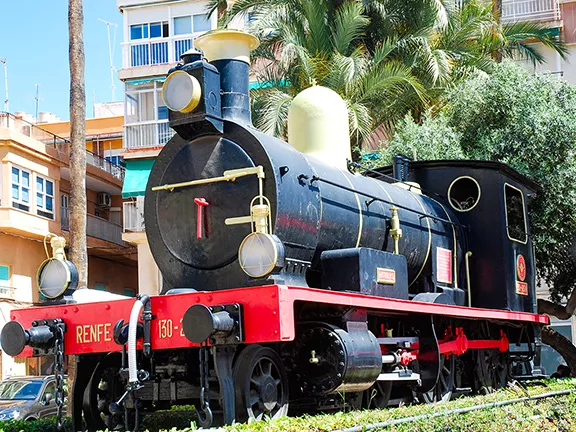 3: Águilas to Almendricos and Lorca (1885–1890)
3: Águilas to Almendricos and Lorca (1885–1890)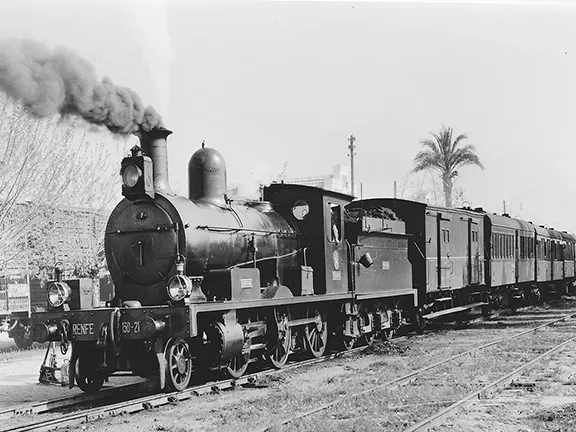 4: Implosion of Hett, Maylor & Co.
4: Implosion of Hett, Maylor & Co.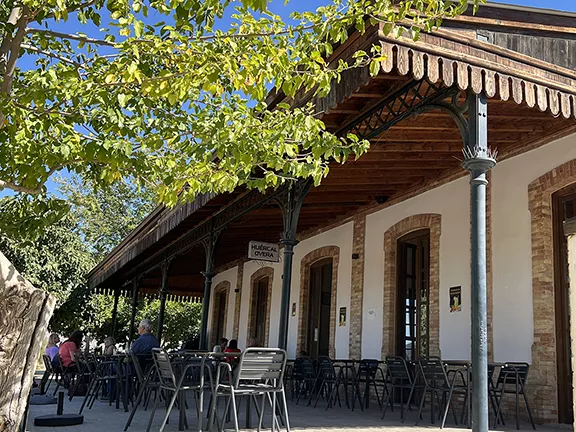 5: Almendricos to Huércal-Overa (1890–1891)
5: Almendricos to Huércal-Overa (1890–1891)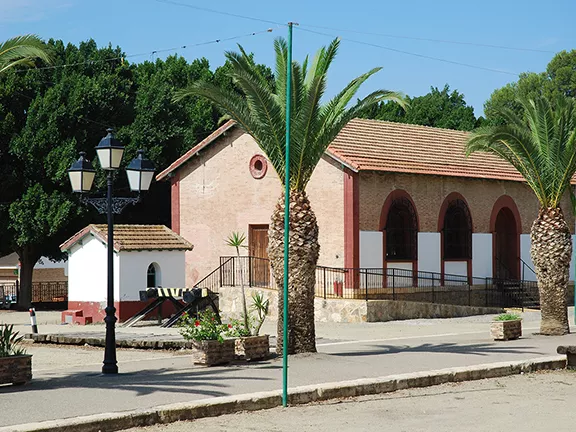 6: Huércal-Overa to Zurgena (1891–1892)
6: Huércal-Overa to Zurgena (1891–1892)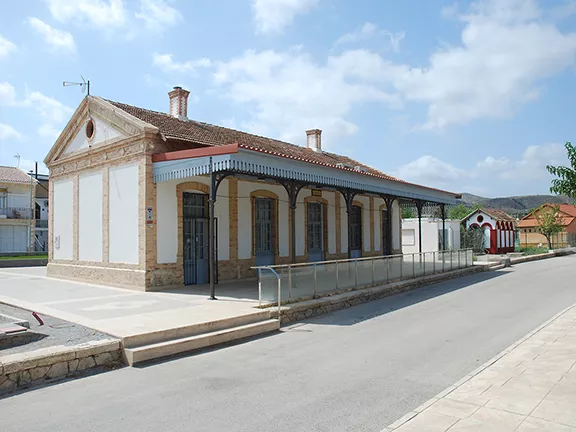 7: Zurgena to Almanzora (1892–1893)
7: Zurgena to Almanzora (1892–1893)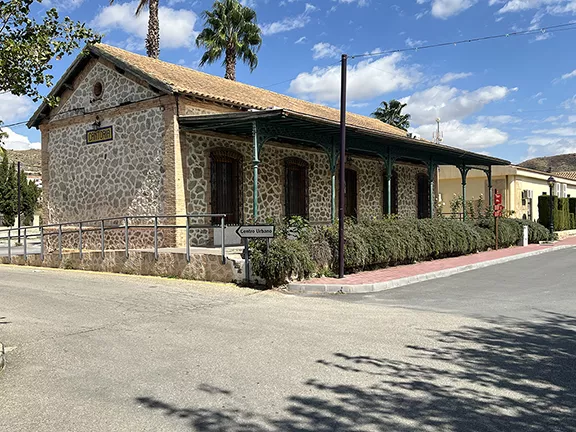 8: Almanzora to Purchena (1893–1894)
8: Almanzora to Purchena (1893–1894)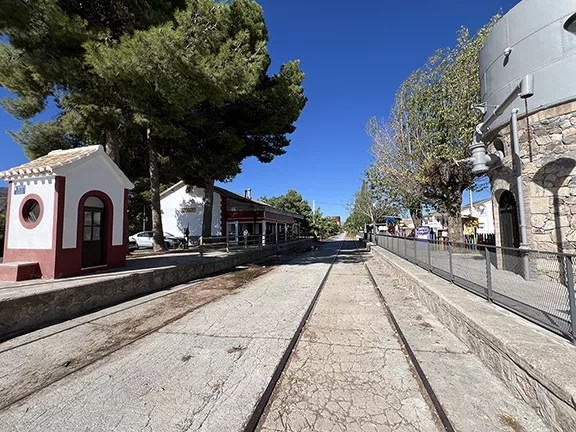 9: Purchena to Serón (1894)
9: Purchena to Serón (1894)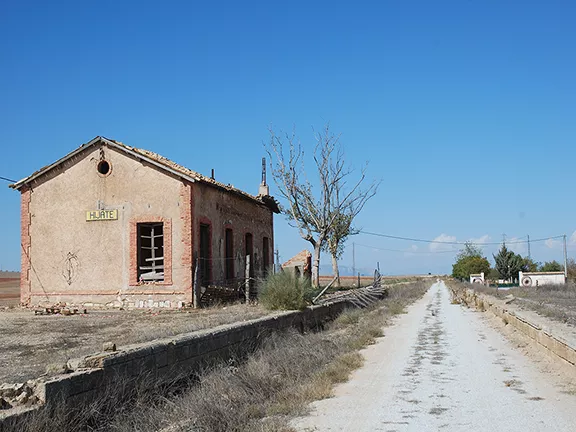 10: Serón to Baza (1894)
10: Serón to Baza (1894)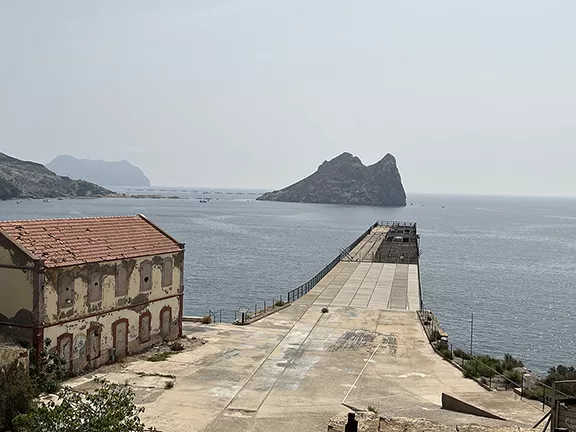 11: El Hornillo Ore Loading Pier (1903)
11: El Hornillo Ore Loading Pier (1903)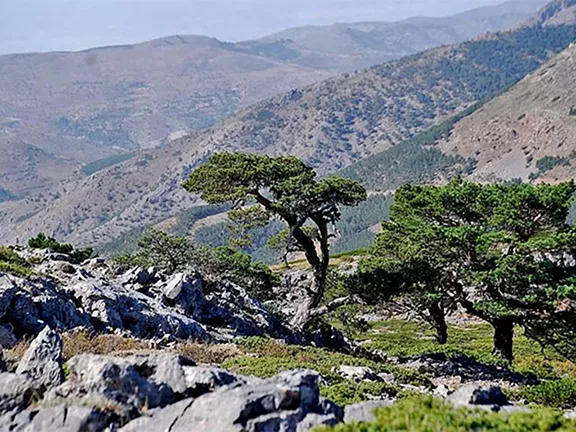 12: GSSR Concession Transfer
12: GSSR Concession Transfer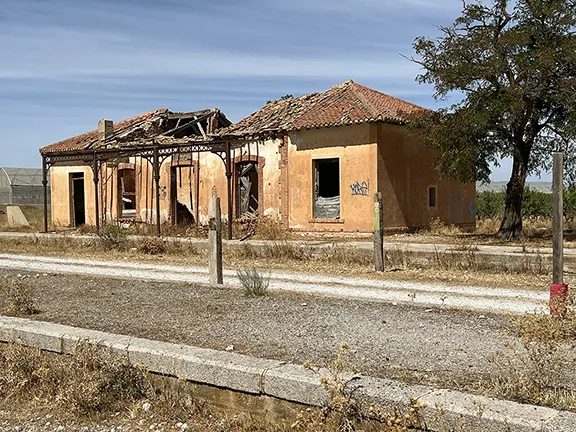 13: Baza to Baúl (1906)
13: Baza to Baúl (1906)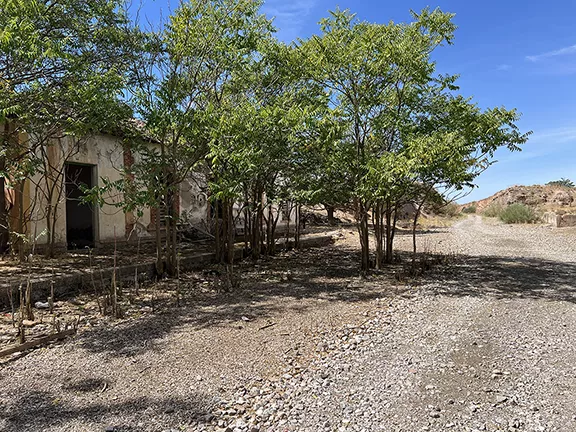 14: Baúl to Gor
14: Baúl to Gor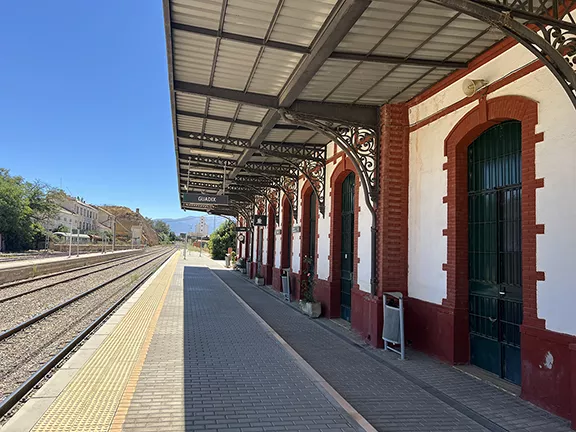 15: Gor Viaduct Disaster (1905)
15: Gor Viaduct Disaster (1905)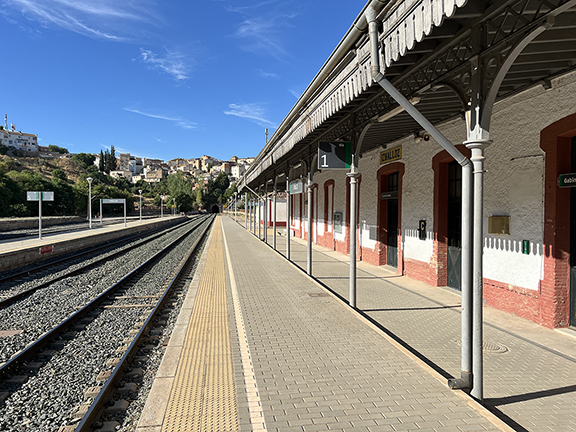 16: Granada to Guadix (1904)
16: Granada to Guadix (1904)